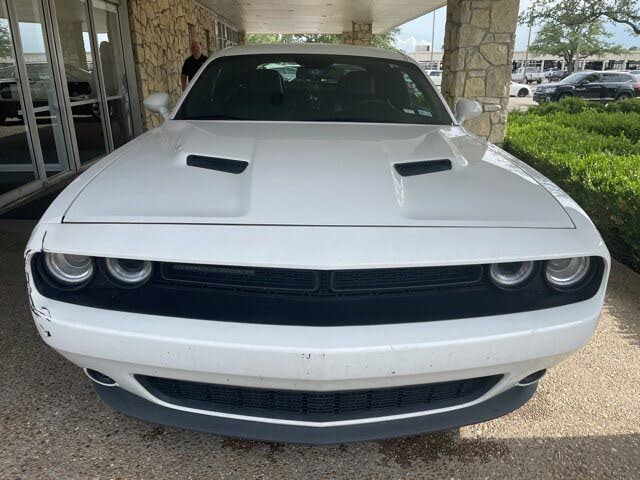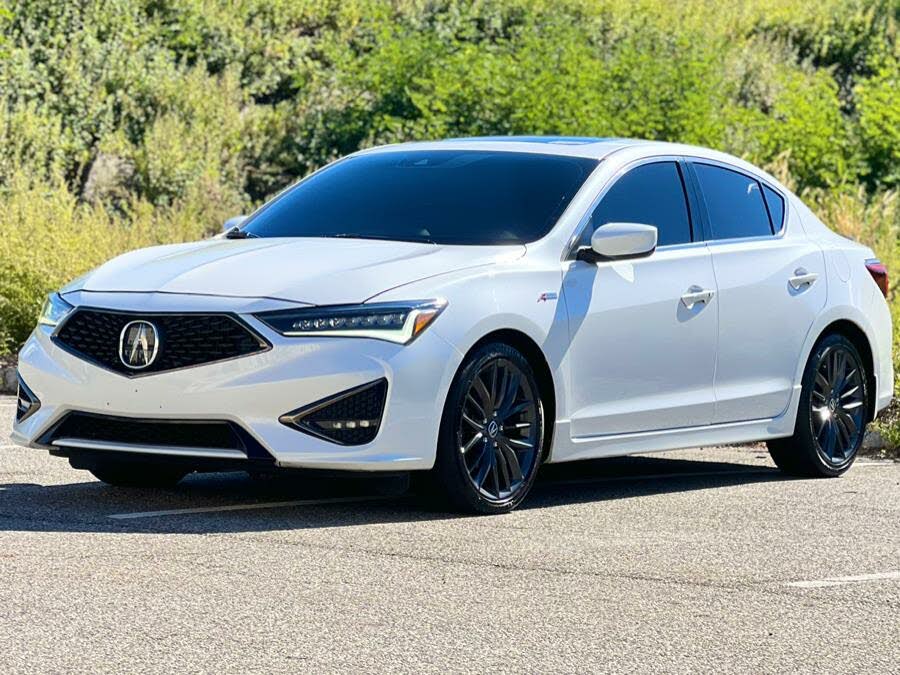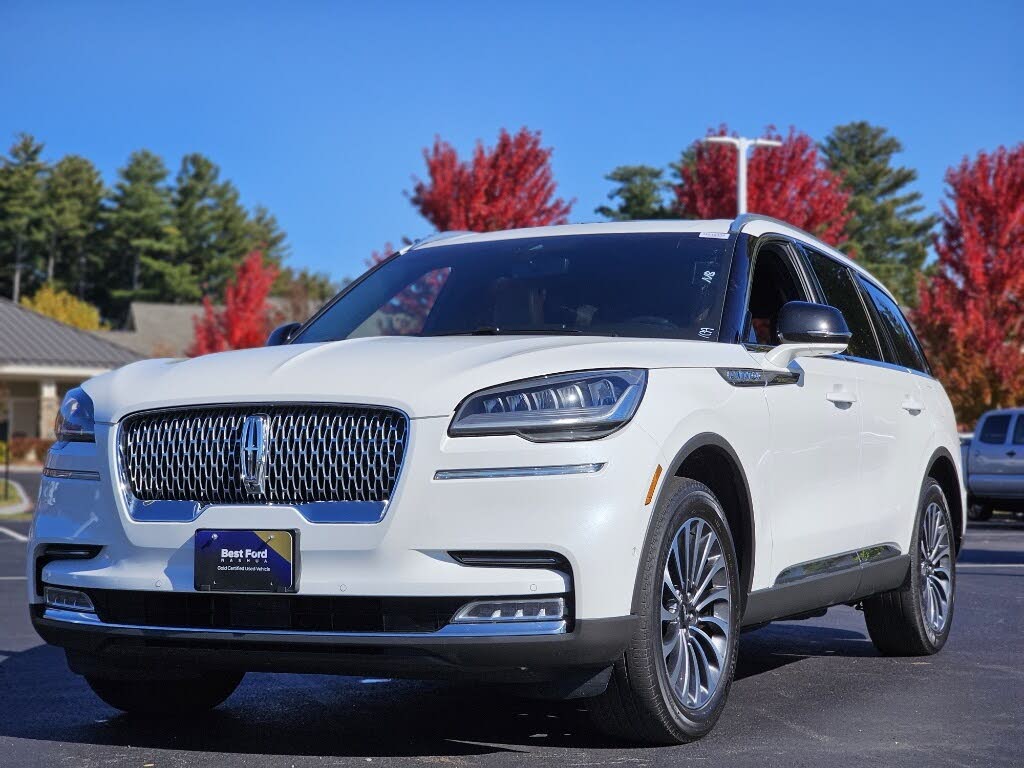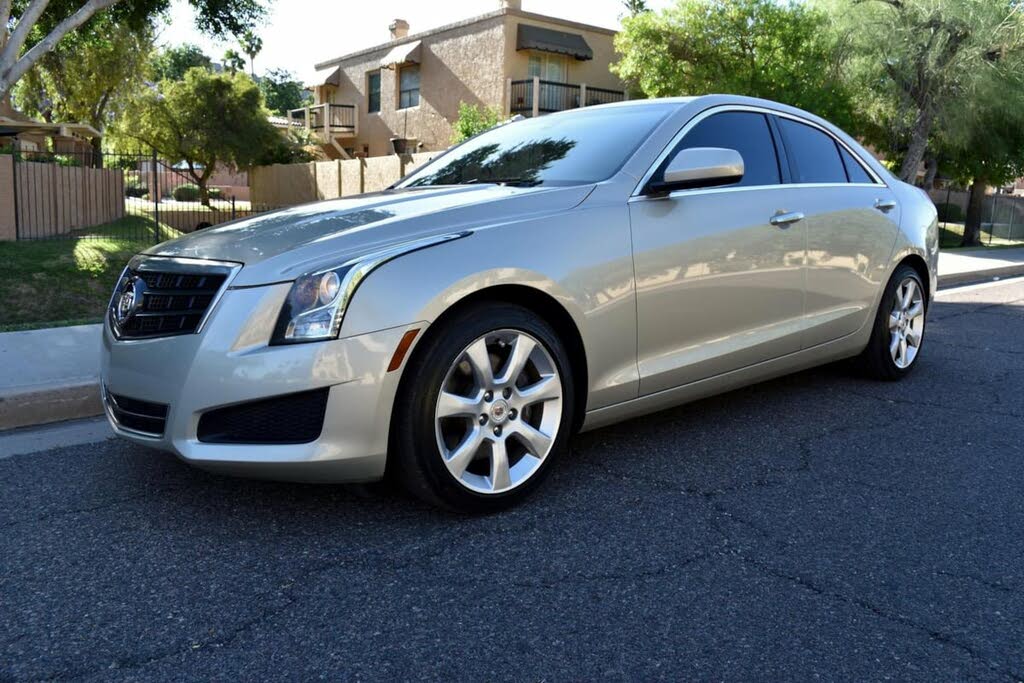The Vanishing Spare Tire: Why Modern Vehicles Leave You Stranded
Imagine being stranded on a remote mountain pass with a shredded tire, only to discover your vehicle lacks a spare. This alarming scenario is becoming increasingly common as automakers eliminate spare tires from new vehicles. MotorVero investigates this growing trend, its implications for drivers, and practical solutions to avoid being left helpless on the roadside.
Key Findings:
- 28% of 2017+ model year vehicles ship without any spare tire
- Tire repair kits fail to address 35% of common flat tire scenarios
- Run-flat tires add $200-$400 per tire in replacement costs
- Average wait time for flat tire assistance exceeds 90 minutes in rural areas
Why Automakers Are Abandoning the Spare Tire
The automotive industry cites three primary reasons for eliminating spare tires:
--TOP ADVERTISEMENT HERE--
1. Fuel Efficiency Improvements
Removing the 30-50 pound spare tire and jack system reduces vehicle weight, improving fuel economy by 1-2%. While seemingly minor, this helps manufacturers meet stringent CAFE (Corporate Average Fuel Economy) standards.
2. Enhanced Cargo Space
Eliminating the spare tire well creates valuable interior volume, particularly important for compact vehicles and EVs where packaging efficiency is critical.
3. Cost Reduction Measures
Manufacturers save approximately $75-$150 per vehicle by omitting the spare tire, jack, and related components—significant savings when multiplied across millions of units.
The Hidden Risks of Tire Repair Kits
Most vehicles without spares include tire sealant/inflator kits, but these have critical limitations:
- Sidewall damage: Completely ineffective against the 18% of flats caused by sidewall punctures
- Large punctures: Can only seal holes smaller than 1/4 inch diameter
- Chemical residue: Sealant often ruins tire pressure monitoring sensors ($50-$250 to replace)
- Temporary fix: Most sealants provide only 50-100 miles of limited mobility
- --FIRST CONTENT ADVERTISEMENT HERE--
Run-flat tires present another alternative, allowing continued operation for 50 miles at reduced speeds after air loss. However, they come with trade-offs:
Run-Flat Tire Considerations
- 30% higher replacement costs than conventional tires
- Firmer ride quality due to reinforced sidewalls
- Limited availability in rural areas
- Cannot be repaired after being driven flat
Complete List of Popular Models Without Spare Tires
Based on extensive industry research, these commonly purchased vehicles typically exclude spare tires:
Luxury & Performance Vehicles
- Acura NSX
- Audi R8/TT
- BMW 2/3/4/6 Series
- Cadillac ATS/CTS
- Jaguar F-Type
- Mercedes-Benz C/E/S-Class
- Porsche 911/Panamera
Mainstream Models
- Chevrolet Bolt/Camaro
- Fiat 500 Series
- Hyundai Accent/Ioniq
- Jeep Cherokee/Renegade
- Kia Forte/Niro/Soul
- Mazda MX-5 Miata
- Tesla Model S/X
Note: Some models offer spare tires as optional equipment. Always verify when purchasing.
--SECOND CONTENT ADVERTISEMENT HERE--
Expert-Recommended Preparedness Strategies
MotorVero consulted with leading automotive safety experts to develop these essential tips:
Pre-Trip Checklist
- Confirm spare tire presence (or alternative) before long trips
- Check tire repair kit expiration dates annually
- Practice using the included equipment in daylight
- Program roadside assistance numbers into your phone
When Buying a New Vehicle
- Ask about spare tire availability and cost
- Consider run-flat tire compatibility
- Evaluate roadside assistance coverage
- Test the accessibility of tire changing tools
-
Essential Emergency Kit Items
Beyond tire solutions, every vehicle should contain:
- Reflective warning triangles
- LED flashlight with extra batteries
- Portable phone charger
- Basic first aid supplies
- Weather-appropriate clothing
Navigating a Flat Tire Without a Spare
If you experience a flat in a spare-less vehicle:
- Assess the damage: Determine if the puncture is repairable (center tread only)
- Use sealant properly: Follow manufacturer instructions precisely
- Limit speed: Never exceed 50 mph with a repaired tire
- Seek professional help: Visit a tire shop within 24 hours
- Consider towing: For sidewall damage or blowouts, call for assistance
AAA reports that nearly 20% of drivers lack basic tire-changing knowledge. Consider taking a roadside emergency course or watching tutorial videos to build confidence in handling these situations.
--THIRD CONTENT ADVERTISEMENT HERE--
Future Trends in Tire Technology
The automotive industry continues developing innovative solutions:
- Self-sealing tires: Emerging technology with built-in puncture protection
- Airless tires: Experimental designs eliminating pneumatic pressure
- Advanced monitoring: Real-time tire health analytics via connected car systems
Until these technologies mature, drivers must remain vigilant about their vehicle's tire provisions and prepare accordingly for roadside emergencies.


















